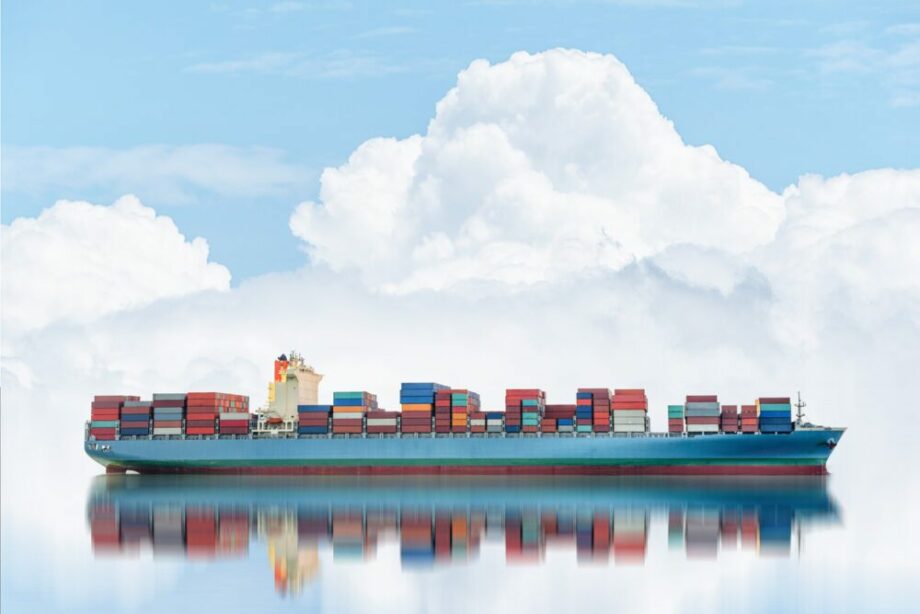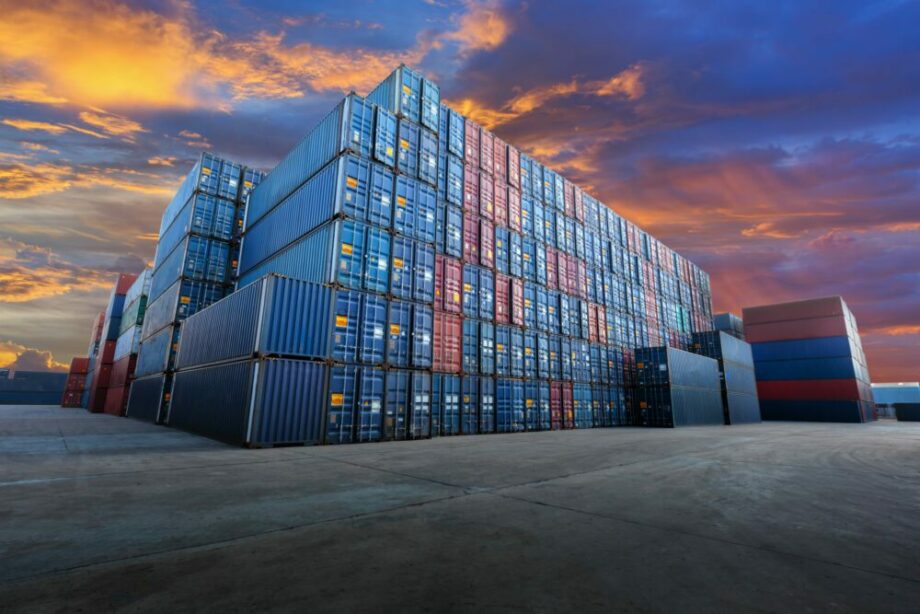What are the Benefits of Using Containers?
Sep 1, 2022


By Anthony Loss, Director of Solution Strategy, ClearScale
In a previous post, we covered the basics of containers and why they are best deployed on the cloud. We took a brief look at the history of application hosting and explained how containers are the latest breakthrough in modern application development. We also discussed some of the benefits of containers, but not all.
In this post, we’ll dive deeper into all the reasons why containers make sense for organizations that are trying to upgrade mission-critical applications. We’ll also highlight specific use cases to give IT leaders a better sense of how they can leverage containers in their businesses. The good news is that containerizing applications and maximizing performance is easier than ever with the cloud solutions available today.
The Deeper Benefits of Using Cloud-native Containers
Cloud-native containers improve upon the virtual machine model in many ways.
First, containers increase app portability dramatically.
Containers don’t include their own OS images – they share host OS kernels with other containers. In other words, containers enable developers to abstract their applications away from the host operating system, allowing teams to redeploy software packages as needed in different environments.
Developers can also deploy containers individually or as clusters with little concern for infrastructure overhead.
Containers take up less space than virtual machines, and developers can package even minor components into isolated, self-contained packages. The benefit of this approach is that any component failures don’t ripple out and affect other parts of the application. Developers can quickly discover where issues occur and mitigate downtime that could otherwise hurt system-wide performance. This architecture supports the coined term “microservices” where many services are independent but work together to achieve a common goal.
Teams can also work on individual components using whatever tools, dependencies, and build processes they want, reducing development friction significantly.
This accelerates application development and frees IT teams from having to worry about compatibility requirements between different environments. Different development teams may have different skill sets and coding preferences. Containers allow them to write and develop to their strengths, as opposed to standardizing on a “one size fits all” approach. Developers can trust that applications will perform consistently regardless of the underlying hosting infrastructure given that containers include everything needed in one place – code, config files, runtime, etc. In today’s fast-paced world, this accelerated application development is crucial.

Use Cases for Cloud-native Containers
There are several reasons why companies are turning to cloud-native containers. For some, containers offer a way to leverage several clouds or hybrid infrastructure. Containers can be cloud agnostic, allowing development teams to deploy applications as microservices in different clouds or in the cloud and on-premises simultaneously. While this approach may create unnecessary complexity, it is a viable use case for containerizing applications.
As mentioned previously, containers provide shorter startup times and less development work up front. Developers can pull starter images from public repositories and fast-forward through infrastructure setup in order to get to application code. Batch processing is also a possibility with containerized applications – teams can schedule and execute computing workloads across multiple AWS services.
Furthermore, IT teams are able to consolidate many servers down to isolated containers without losing multi-tenancy potential. Containers also make cloud migrations easier and enable organizations to adopt Platform-as-a-Service infrastructure models that fit their goals better.
Depending on an organization’s container use case, three AWS services can come in handy:
Amazon ECS is a fully managed Docker-based orchestration solution that gets teams up and running quickly with containers at scale. It’s best suited for organizations that want to keep things simple – it integrates seamlessly with key compute services and AWS governance tools.
Amazon EKS is designed to optimize on-premises or cloud-based Kubernetes applications. The service is backed by a vibrant developer ecosystem and provides access to popular open-source APIs. Amazon EKS is best for organizations that already rely on Kubernetes and want a managed service to make things even easier.
AWS Fargate is a serverless solution that is compatible with both ECS and EKS. Development teams that use AWS Fargate don’t have to deal with scaling, patching, or provisioning servers for their containerized apps. They can also layer on monitoring services, like Amazon CloudWatch Container Insights, to track application performance and address security vulnerabilities wherever they exist. The best part – AWS Fargate provides the pay-for-use pricing structure that defines cloud services.
One or several of these AWS solutions can unlock the power of containers for modern organizations. Not sure which approach is best for your organization? We can help you figure out the ideal container implementation on AWS and ensure you have everything you need to maximize application performance going forward.
Get in touch today to speak with a cloud expert and discuss how we can help:
Call us at 1-800-591-0442
Send us an email at sales@clearscale.com
Fill out a Contact Form
Read our Customer Case Studies
